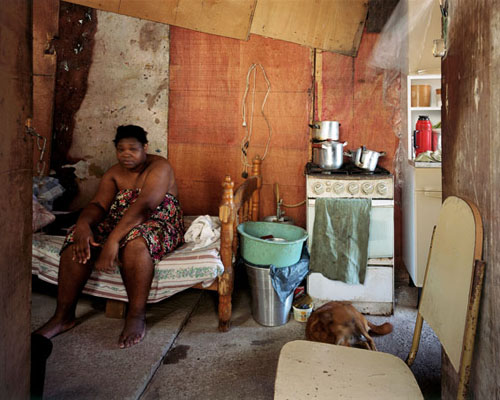Pedro LOBO
This post is also available in:
 French
French
Brazilian contemporary problems have their origin in slavery. Slaves were “freed” in 1888, because plantation owners figured out that it would be cheaper to hire labor, African-Brazilian or European. Almost 8 million people were simply turned loose on the roads, no housing, placement, education, jobs opportunities or health were provided. The “favelas” were formed by groups of slaves that moved to the cities in search of job opportunities. This culture of exclusion created problems of its own that are the roots of today’s drug and gang culture of violence. Exclusion is the creative force of a parallel universe in the “favelas”: parallel power, parallel economy, parallel society, parallel lives; samples of the steep hill settlements, the “romantic” vision; the “new favela” re-settlement, peripheral or central, not as “vertical”. The city exposing its open wounds, permanent, parallel and, in the third world, consequences of an idealized past that exclude significant population groups. It’s been a while since I started using architecture photographs as means of making comments about the people who live and dwell in these spaces. First I photographed the slums – “favelas” – of Rio de Janeiro attempting to show human dignity in spite of all the difficulties faced by people who have no other choice but to live in these excluded communities. Most of the Brazilian middle class has never set foot inside a “favela” and has no idea about the parallel universe that exists in such places. I photographed these constructions in the same manner as I would photograph a monument or a privileged home.



